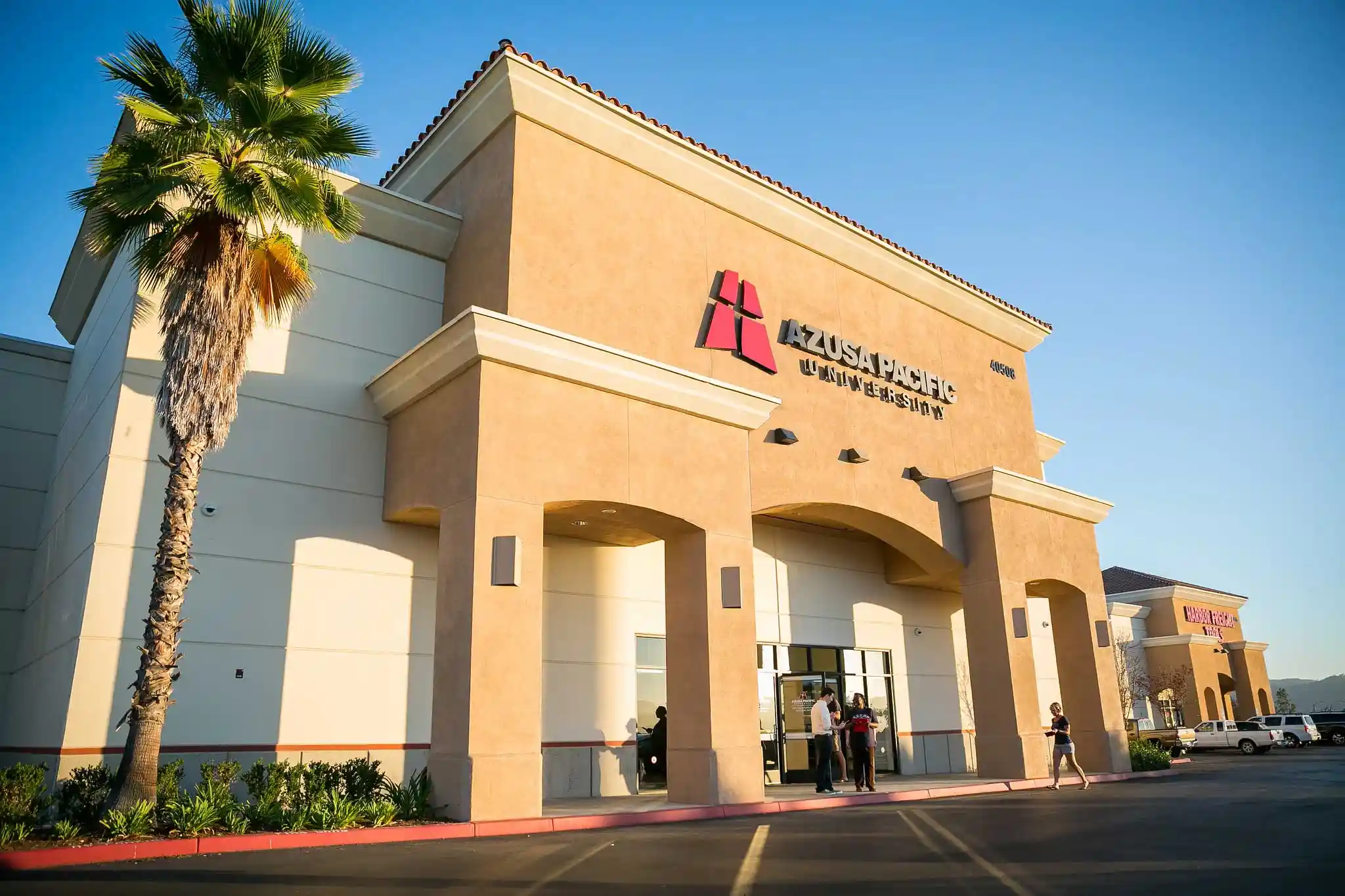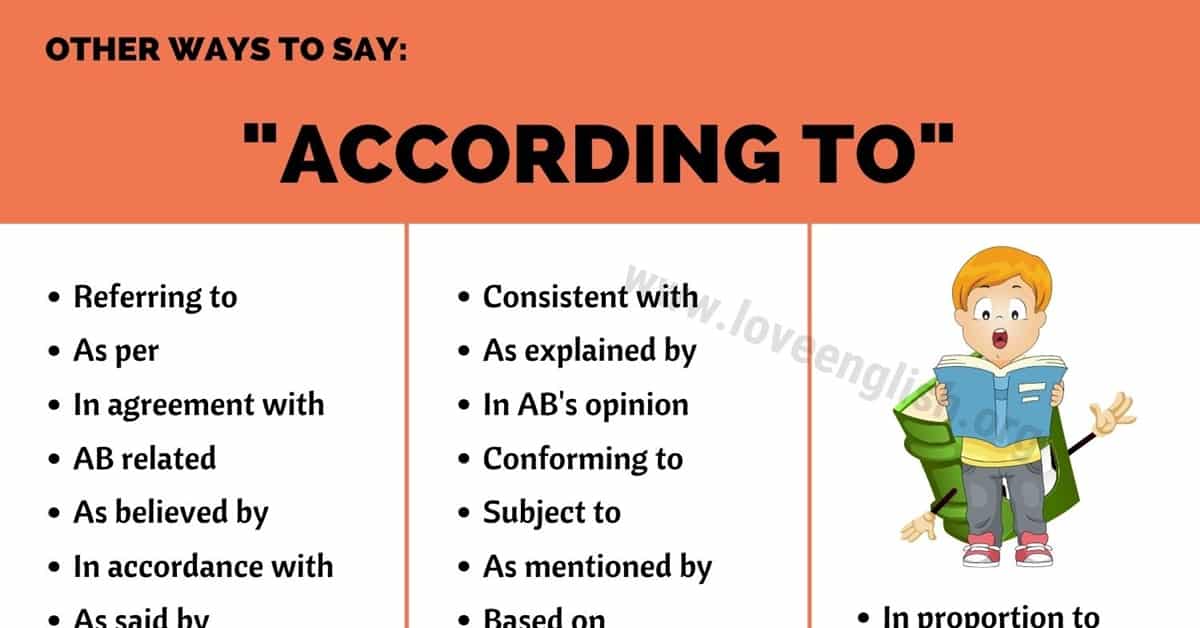In a culture that celebrates the hustle, the image of an Entrepreneurs Break is often synonymous with long hours, endless grind, and sleepless nights. From tech moguls burning the midnight oil to startup founders pulling all-nighters, the narrative of relentless work as a badge of honor is deeply ingrained. But behind the scenes of many successful ventures lies a less glamorous, often overlooked strategy: the entrepreneur’s break.
This article dives into why taking breaks—mental, physical, and emotional—is not just good for entrepreneurs, but essential. Let’s dismantle the myth that constant motion equals productivity and explore how strategic pauses might just be the ultimate growth hack.
The Burnout Epidemic in Entrepreneurship
Burnout isn’t just a buzzword. It’s a very real condition affecting a staggering number of entrepreneurs. According to a 2021 study by the National Institute for Mental Health, 49% of entrepreneurs report experiencing mental health issues, with burnout, anxiety, and depression topping the list.
Why is this happening? The entrepreneurial journey often demands wearing multiple hats, dealing with unpredictable income, making high-stakes decisions, and maintaining a facade of confidence. With so much pressure, the lines between passion and obsession blur, and many founders find themselves trapped in a cycle of overwork.
Breaks, then, are not indulgent—they’re survival tools.
Redefining the Break: What It Really Means
Taking a break doesn’t always mean going on a month-long vacation (though that’s great if you can manage it). Breaks can be:
- Microbreaks: 5-10 minute pauses between tasks
- Daily breaks: Scheduled time away from work to recharge—like a walk, workout, or coffee with a friend
- Weekend breaks: Fully unplugging from work on weekends
- Extended breaks: Sabbaticals or long holidays, especially after major business milestones or burnout episodes
Each type of break serves a unique purpose. Microbreaks refresh focus, daily breaks recharge energy, weekend breaks help restore work-life balance, and extended breaks provide space for deep reflection.
The Science of Taking Breaks
Neuroscience offers compelling evidence that taking breaks enhances cognitive function. Here’s how:
- Improved Focus: The brain’s prefrontal cortex—the center of decision-making and focus—tires with prolonged use. Brief rests restore its ability to function effectively.
- Boosted Creativity: Ever notice how your best ideas come in the shower or during a walk? That’s because the “default mode network” of the brain kicks in during downtime, making unexpected connections and generating new ideas.
- Reduced Stress: Breaks lower cortisol levels (the stress hormone), leading to better mood, health, and decision-making.
- Enhanced Memory: Our brains consolidate information during periods of rest, making breaks vital for learning and retention.
Breaks as a Strategic Tool, Not a Sign of Weakness
In the world of high-stakes entrepreneurship, stepping away is often mistaken for slacking off. But let’s flip that mindset. Breaks are not about laziness—they are about sustainability.
Many high achievers in history, from Charles Darwin to Albert Einstein, structured their days with intentional downtime. More recently, successful founders like Arianna Huffington (Thrive Global), Jeff Weiner (LinkedIn), and Bill Gates have championed the power of breaks, mindfulness, and even scheduled “thinking time.”
When taken strategically, breaks:
- Prevent burnout and increase career longevity
- Promote better decision-making
- Lead to higher-quality work
- Improve interpersonal relationships within the team
Case Study: How Breaks Saved a Startup
Take the case of Laura, founder of a fast-growing e-commerce startup. After two years of relentless hustle—scaling her team, raising funds, and hitting revenue milestones—Laura began to experience insomnia, chronic fatigue, and emotional detachment from her business. Her health deteriorated, and her team noticed her decreasing motivation.
She decided to take a radical step: a one-month sabbatical.
At first, she feared the business would fall apart. Instead, something amazing happened. Her team stepped up, processes became more autonomous, and most importantly, Laura returned with renewed clarity. She restructured her schedule, implemented a “no work on weekends” policy, and began encouraging her employees to take real vacations.
The result? Her company’s culture improved, retention went up, and her business grew 40% in the following year.
Break Types and How to Use Them Effectively
Let’s break down (pun intended) the types of breaks entrepreneurs should prioritize and how to make the most of them.
1. Microbreaks (5–10 Minutes)
Ideal for: Resetting focus, avoiding mental fatigue
Examples:
- Stretching
- Deep breathing exercises
- Stepping outside for fresh air
- Short meditation
Tip: Use the Pomodoro technique (25 minutes work, 5 minutes break) for optimal cognitive performance.
2. Daily Breaks (30–60 Minutes)
Ideal for: Recharging during or after work hours
Examples:
- Going for a walk or workout
- Having lunch without screens
- Playing with your pet or kids
- Journaling or creative hobbies
Tip: Schedule daily breaks into your calendar as non-negotiable time blocks.
3. Weekend Breaks (Full Day or Two)
Ideal for: Reconnecting with personal life, reducing work obsession
Examples:
- Digital detox days
- Nature getaways
- Time with family and friends
Tip: Set up auto-responders and delegate responsibilities so you can truly unplug.
4. Extended Breaks (1+ Weeks)
Ideal for: Recovery after burnout or major projects, long-term strategic thinking
Examples:
- Sabbaticals
- Travel experiences
- Skill-building in non-work areas
Tip: Inform stakeholders ahead of time and prepare systems so the business runs smoothly in your absence.
The Hidden ROI of Rest
Entrepreneurs Break are always seeking return on investment (ROI). Ironically, the ROI of rest is one of the most powerful but least measured metrics. Consider these intangible yet game-changing returns:
- Sharper strategic thinking
- More creativity and innovation
- Improved emotional intelligence
- Stronger leadership presence
- Healthier work-life integration
When founders operate at their best, so do their teams. Culture begins at the top. By normalizing breaks, Entrepreneurs Break give their teams permission to care for their own mental health too.
Making Breaks a Culture, Not a Cure
The goal isn’t just to take breaks when you’re burned out—it’s to weave them into your entrepreneurial lifestyle so that burnout never takes hold. That means creating rhythms and rituals that honor downtime as much as uptime.
Ways to build a pro-break culture:
- Implement mandatory vacation policies
- Ban internal communication on weekends
- Start meetings with a 60-second breathing pause
- Encourage open conversations about mental health
- Lead by example—take your own breaks
Conclusion: The Courage to Pause
Entrepreneurs Break are known for bravery—the courage to take risks, face rejection, and pursue the unknown. But perhaps the most underrated form of bravery is the courage to pause.
To stop chasing the illusion that hustle is the only path to success. To recognize that your best work, your most innovative ideas, and your most effective leadership happen when you are rested, centered, and whole.
So the next time you feel the pressure to push through another 12-hour day, ask yourself: “What if my next breakthrough comes not from doing more, but from stepping away?”
YOU MAY ALSO READ. https://www.anytimemagazines.com/parker-mccollum-height/




